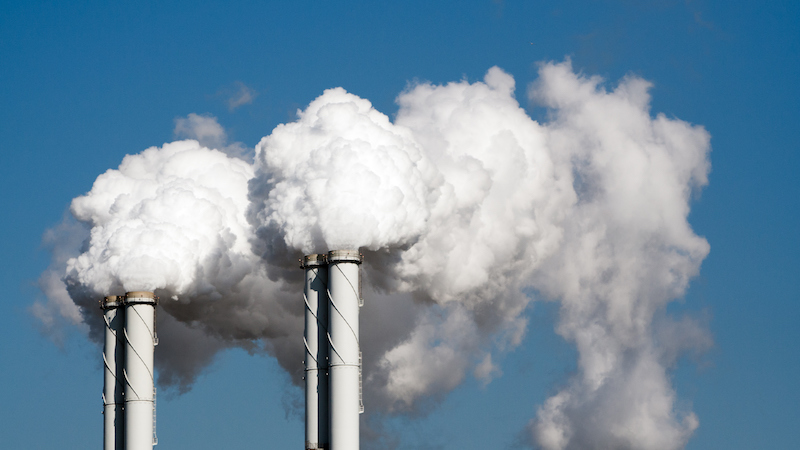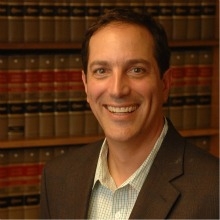
Environmentalists and human-needs advocates must come together to drive the green economy movement.
A green economy will generate thousands of new jobs—many more than will be lost to regulations on carbon pollution. But a green economy may also increase wealth inequality in some parts of the United States because people who lose jobs to carbon controls are not the same as those who will get them when the green economy blooms. For example, the kiln operator laid off from a cement plant in Virginia will probably not end up installing rooftop solar panels New Mexico. And based on the demographics of today’s fossil fuel industry, job losses due to environmental regulations will likely affect whites, Hispanics, and African-Americans in significant numbers.
Nevertheless, when regulatory advocates have responded in the past to critics who thunder against “job-killing” regulation, they usually ignore these distributional effects.
Instead, regulatory advocates argue that regulations are not responsible for many layoffs and that environmental regulation showers significant benefits on millions of people by extending their lives, reducing asthma attacks, and allowing clear views of the Shenandoah. Those benefits also include a slate of new jobs as industry retools to clean up its act—so many jobs that they often equal or even exceed the number of jobs lost.
These cost-benefit arguments today drift away from fundamental political values that American leaders have long extolled. Addressing Congress soon after the beginning of the Civil War, President Abraham Lincoln declared it to be the “leading object” of government to “lift artificial weights from all shoulders—to clear the paths of laudable pursuit for all” —and further, in words often quoted, “to afford all an unfettered start, and a fair chance, in the race of life.”
As Jedediah Purdy has demonstrated, environmental advocates of the early 20th century would have shown concern for the fate of people losing their jobs—whatever the cause. Environmentalists at this earlier time understood that environmental protection also included social and economic well-being.
These earlier advocates assumed a collaboration between what we might call the regulatory state and the human-needs state. Through wise regulation, a robust social safety net, and checks against discrimination and exploitation, Americans would prosper in the marketplace, participate in civic life, and have the ability to cope with life’s inevitable struggles. This notion was the ideal—not the reality. But for many politicians and policymakers, this ideal was a broadly shared source of motivation.
In the 1970s and onward, however, environmentalists and human welfare advocates began losing track of each other, and environmentalism turned away from its earlier concern with distributional issues. The environmental justice movement has fought valiantly against this trend, with some successes, but these efforts are not enough. We contend it is time to reunite the broad environmental and human-needs movements and their common cause.
The best way to reunite these movements is by looking at communities’ overall social resilience—that is, a population’s capacity to survive, adapt, and grow in the face of misfortune and change—as opposed to focusing on the maximization of narrow measures across a national population. The term “resilience,” which gained prominence more than a decade ago in the field of disaster studies, provides a helpful way of assessing human welfare in the context of the surrounding environment.
Then there is, of course, political reality. The kiln operator, the miner, and others disadvantaged by environmental regulation—or scared of the loss of potential jobs because of it—can be expected to oppose new regulatory commitments. This voting bloc has supported politicians who deny climate change or at least drag their heels in addressing this looming threat to the United States and the world.
In many voters’ well-being calculus, jobs are simply more important than addressing climate change or mitigating its consequences. And the failure of environmentalism, outside of the environmental justice community, to acknowledge the plight of those who are economically disadvantaged has led many voters to entrench their resentment of what they see as elitist, progressive politics and the government programs and regulatory commitments that follow from progressivism.
We think it is possible to adopt equally protective regulations that help contain job loss. In addition, environmentalists can advocate for programs that will help workers who lose their jobs to move to new ones and that foster economic development in communities hit hard by unemployment. For their part, human-needs advocates can recognize and support the role of health, safety, and environmental regulation in protecting Americans from losing their social reliance by preventing fraud, wage theft, accidents and illnesses, and the myriad other ways that can rob families—particularly those who are most vulnerable—of the capacity to survive, adapt, and grow.
These changes create new roles for both environmentalists and human-needs advocates, and the important questions of whether and how to accomplish these changes merit further discussion.
This essay is based on an article, Inequality, Social Resilience, and the Green Economy, which appears in the University of Missouri at Kansas City Law Review.
This essay is part of a six-part series, entitled Social Justice in a Green Economy.





